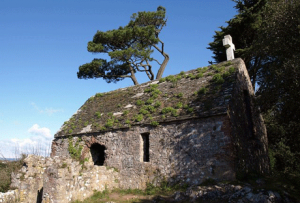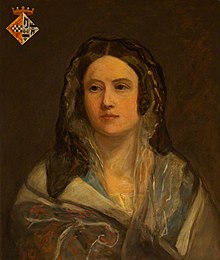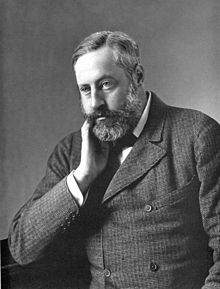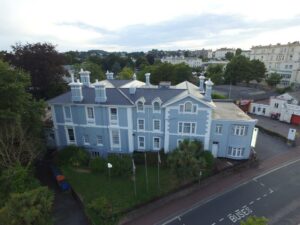It has been said that Catholic Torquay came to an end in 1539 when Torre Abbey surrendered to Henry VIII’s commissioners at the Dissolution of the Monasteries. This led to a wide scale demolition of the church and the east range, with all items of value, including the lead from the roof, taken away. After a succession of various owners, the house became the possession of the Catholic Cary family in 1662 who continued their ownership until 1930 when the mansion and grounds were sold to Torquay Borough Council.
The tradition is that the Protestant Reformation had at its core a general rejection of Roman Catholicism with the population welcoming religious reforms and the closing of institutions such as the Abbey.
The alternative view is of Henry’s elite-led revolution being imposed on a community devoted to the old ways. What we do know is that across Devon instructions from Parliament and Lambeth Palace were often quietly ignored and churches continued to use Catholic ritual long after the 1534 rupture with Rome. A strengthening state, however, began to be more insistent on change and in 1547 the Protestant Edward VI came to the throne spurred on by evangelical advisers determined to eradicate any remnants of Catholicism.
Injunctions stripped out the fabric of Catholic life in those Bay’s churches so valued by local communities, with many statues and shrines smashed or removed. In 1549 the Act of Uniformity replaced the Latin liturgy with Archbishop Cranmer’s Book of Common Prayer triggering widespread unrest.
In June 1549 the peasants of Cornwall and Devon rebelled and a volunteer army marched eastward, capturing castles, destroying enclosures and laying siege to Exeter. Using foreign mercenaries, this Prayer Book revolt was crushed and 4,000 poorly armed rebels were slaughtered with no mercy given to those that surrendered – 900 bound rebel prisoners had their throats cut in 10 minutes, while another 1,000 were hanged afterwards. We do not know if Torbay was represented in the rebel dead but it is very possible that they were. Local folk would have at least sympathised with the rebellion.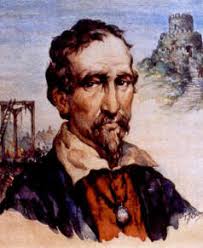
Other attempts at resistance were similarly crushed. In 1570 Cuthbert Mayne became a Catholic and attempted to convert the Cornish. He was arrested for the crime of being a priest and on November 12, 1577, was executed at Launceston. He was drawn and quartered and, as a warning to others, his body parts were distributed around the country. Instructions were given for a “quarter” of his body to be put on a pole at an obscure place called “Torquay” – the first mention of the name ‘Torquay’ for our town. We don’t know why Torquay was chosen. Perhaps it was as Gallows Gate was close to the Cary’s Abbey, or possibly to act as a general disincentive to others. His name is remembered in a local school.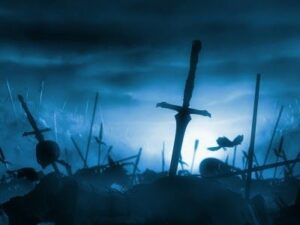
Following the Reformation Catholics were discriminated against and only given religious toleration, alongside Protestant Nonconformists, in 1828.
During the first half of the nineteenth century Torquay saw a significant rise in the numbers of Catholics, largely due to an influx of people from other parts of Britain.
Catering for this population increase, in 1850 the Pope introduced a network of Roman Catholic bishoprics across England. The first Catholic Bishop of Plymouth took up his new office the following year when there were already nine Devon Catholic congregations. One of these was in Torquay and local Catholics were soon able to worship at the Assumption of Our Lady, built in 1853; and Our Lady Help of Christians & St Denis (1867).
This re-emergent manifestation of faith did not go down well with the bellicose Anglican Bishop of Exeter, Henry Phillpotts, whose home was on the site of the Palace Hotel, is remembered in Bishops Walk, and is buried in the churchyard at St Marychurch. In 1851 he announced, “The Bishop of Rome hath taken upon himself to name the Town of Plymouth in the Archdeaconry of Totnes, we declare that the said appointment is manifestly schismatic and void.”
There are hints, however, that the faith did not entirely die out in those years between Reformation and the early nineteenth century. A guidebook of 1793 reports that, “The Tor Chapel, perched on the summit of the ridge of rocks, once an appendage of the abbey before us and as it has not been desecrated it is sometimes visited by Roman Catholic crews of the ships lying in the bay.”
Did St Michael’s Chapel remain an unofficial Catholic meeting place all this time?
During the early nineteenth century, the philanthropist Sophia Crichton-Stuart, Marchioness of Bute (1809-1859) had a cross placed on the roof of St Michael’s Chapel. That cross was made out of Bath Stone, the limestone that gives Bath its distinctive appearance.
Was this a recognition of the importance of the Chapel in a long Catholic tradition?
Her son was the richest man in the world, the 3rd Marquis of Bute (1847-1900) and his summer residence was Bute Court, now Belgrave Road’s Marquis Hotel. The influence of the family in Torquay can also be seen in the ancestral home of the Butes, Scotland’s Mount Stuart House.
The Marquis funded building projects by a dozen architects, such as the restoration of Cardiff Castle and the reconstruction of Castell Coch. He married into one of Britain’s most illustrious Catholic families and became one of the leaders of the British Catholic community. Lord Bute died in 1900, at the age of 53; his heart was buried on the Mount of Olives in Jerusalem.
The cross erected by his mother remained on the Chapel until 2015 and was then taken down, being seen as anachronistic and incongruous- a frivolous Victorian imposition on a medieval chapel. Though perhaps it signified and commemorated something important in the town’s history….
 You can join us on our social media pages, follow us on Facebook or Twitter and keep up to date with whats going on in South Devon.
You can join us on our social media pages, follow us on Facebook or Twitter and keep up to date with whats going on in South Devon.
Got a news story, blog or press release that you’d like to share or want to advertise with us? Contact us


